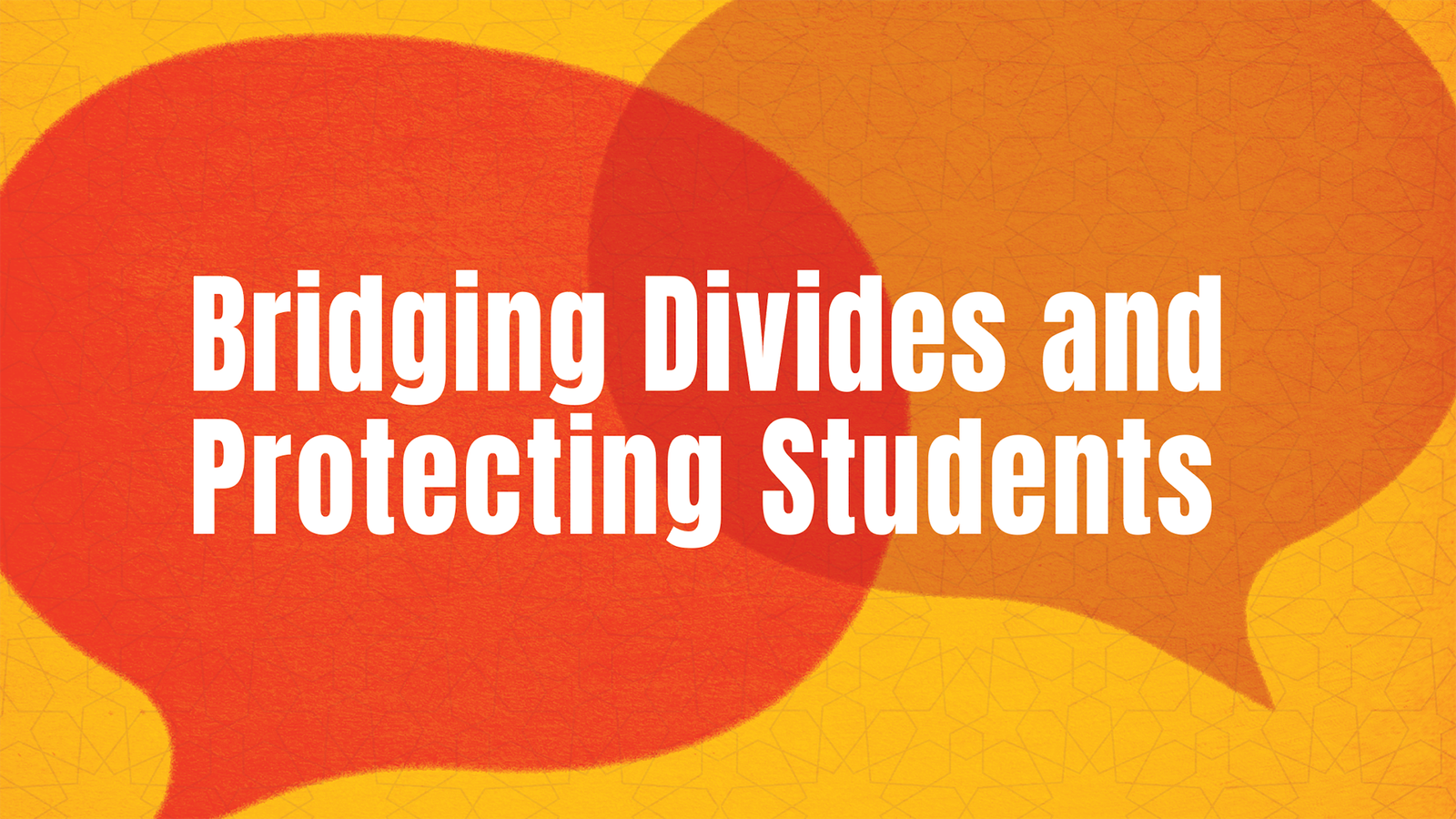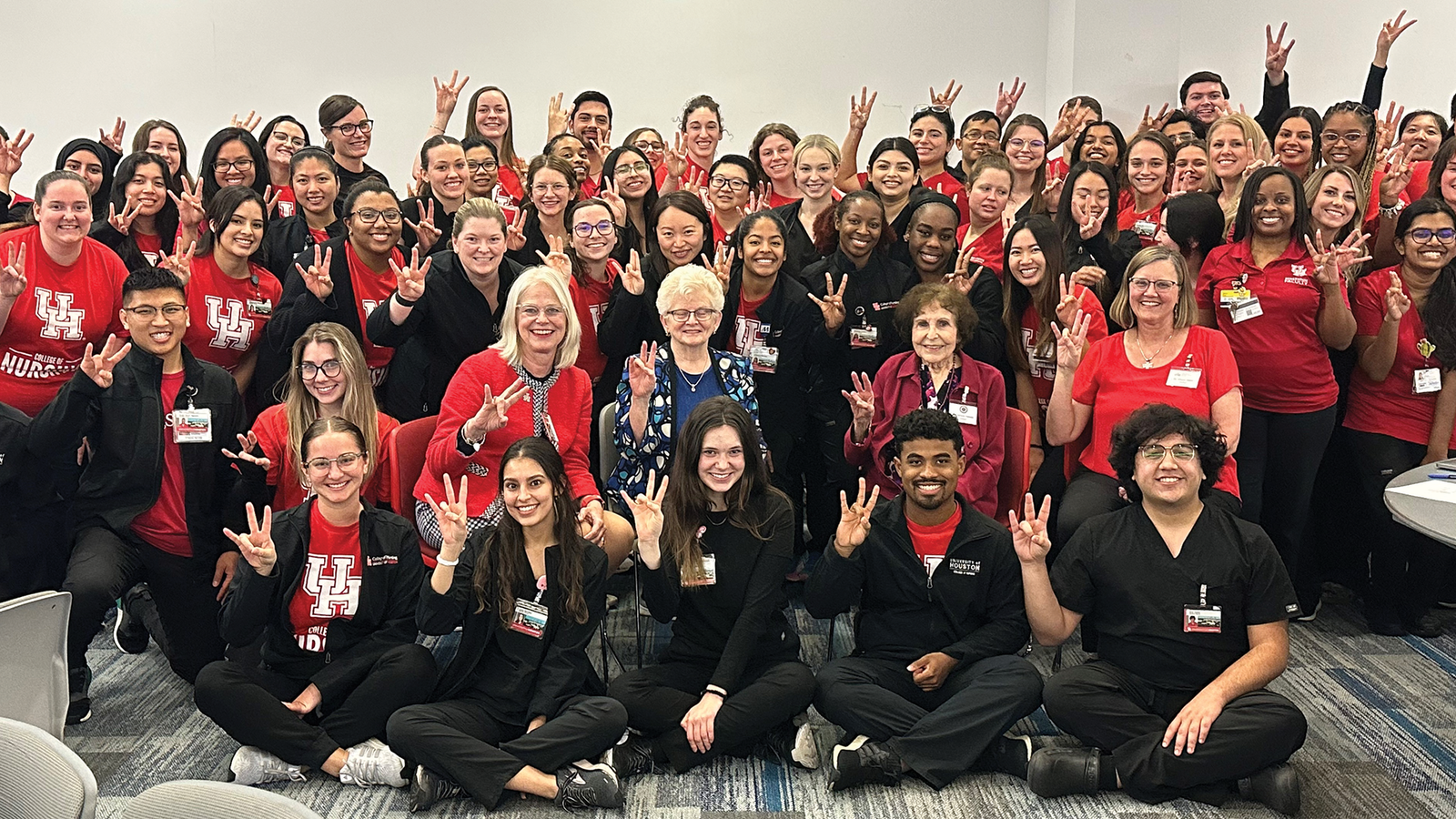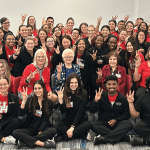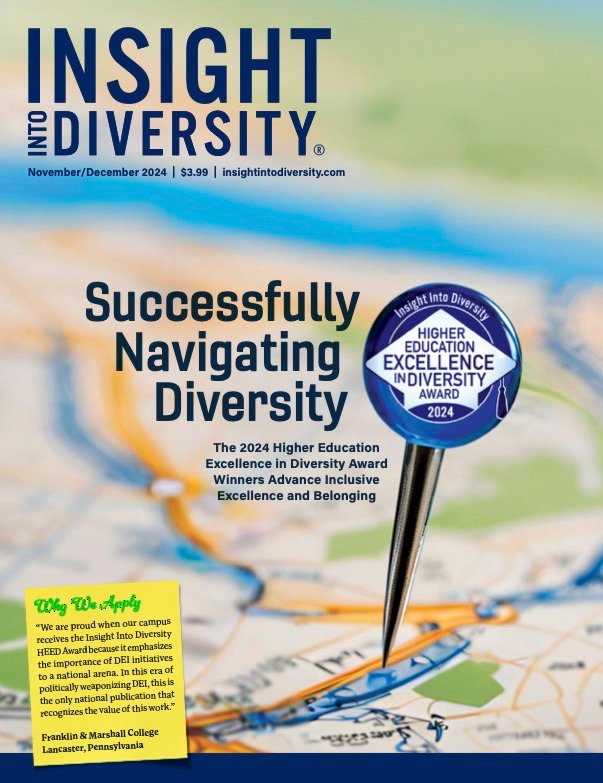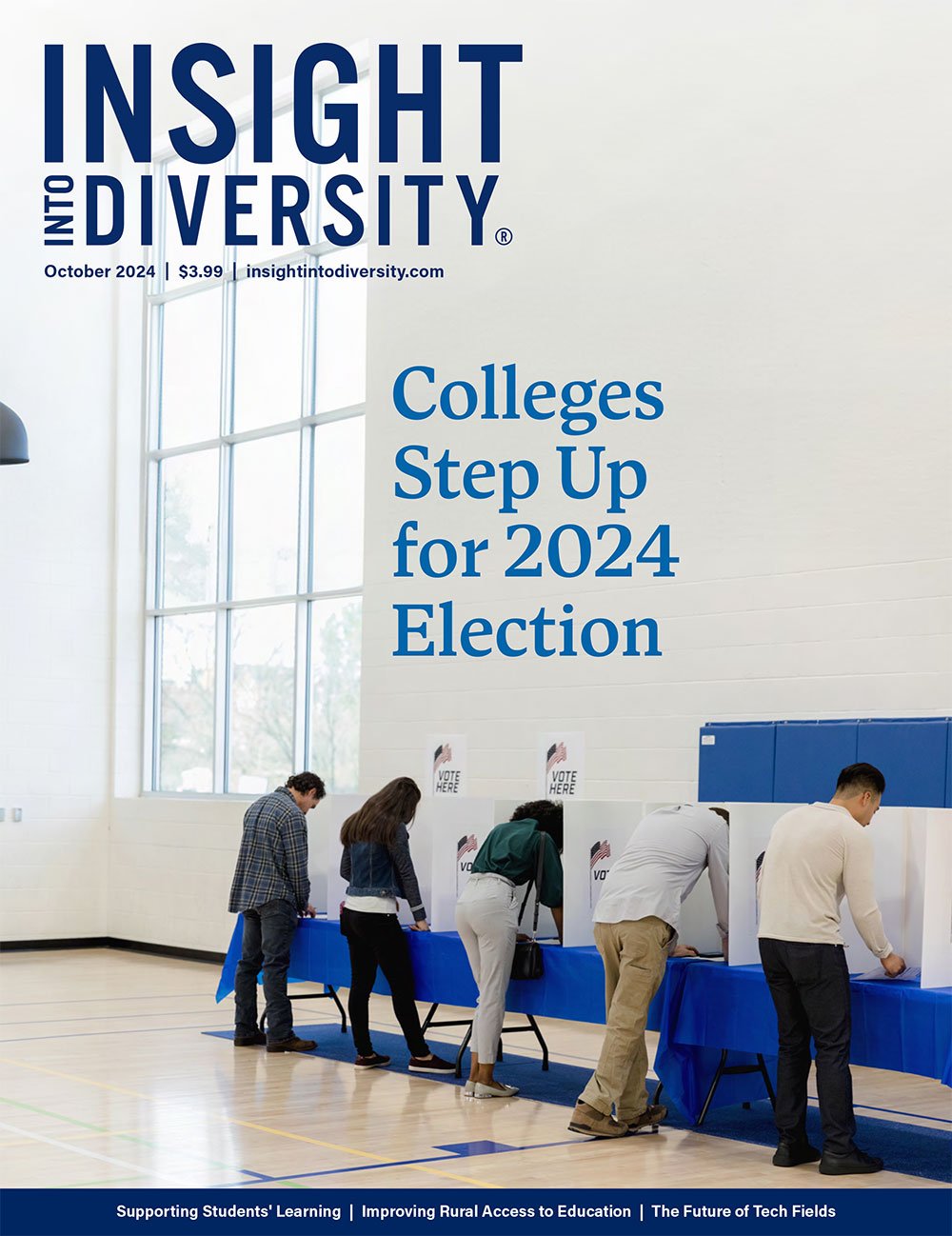Women have suffered inordinate economic and career setbacks due to the COVID-19 pandemic. Nearly four times as many women as men left or were cut from the workforce in September 2020, according to the Center for American Progress. A report by the National Women’s Law Center shows that women accounted for 100 percent of jobs lost in December. Overall, between February 2020 to February 2021, 2.4 million women left the U.S. workforce, the Pew Research Center reports. Women of color fared the worst, as 582,000 of those who quit or lost jobs were Hispanic and 511,000 were Black.
 The reasons behind this large-scale loss are myriad. While many women suffered from layoffs, furloughs, and reduced work hours, research has shown that the pandemic’s disruption of school and childcare services also forced many to prioritize caretaking duties over their careers.
The reasons behind this large-scale loss are myriad. While many women suffered from layoffs, furloughs, and reduced work hours, research has shown that the pandemic’s disruption of school and childcare services also forced many to prioritize caretaking duties over their careers.
In an effort to overcome these setbacks, more women now appear to be choosing business education as a path to re-entering the workforce. During the 2020-2021 admissions cycle, 62 percent of MBA programs saw an increase in applications from women, according to a survey by the Graduate Management Admissions Council (GMAC). A year earlier, in 2019-2020, that figure was only 42 percent.
While the flood of applications from women hasn’t necessarily translated into higher enrollment across the board, some elite U.S. business schools are seeing the benefits. Last fall, the website Poets & Quants reported that 13 of the top 25 ranked schools had 40 percent women enrolled in their MBA programs — and the trend seems to be continuing for 2021-2022.
At the Wharton School of the University of Pennsylvania — the nation’s oldest school of business — fall 2021 marks the first time that an equal number of men and women are first-year MBA students. Meanwhile, Harvard Business School has reported that its incoming MBA class for this fall is made up of 46 percent women. Northwestern University’s Kellogg School of Management’s fall 2021 class is 49 percent women, up from 40 percent in 2020-2021.
Multiple factors are driving the wave of women applying to MBA programs. Research has shown that enrollment in graduate business programs rises during economic downturns. In addition, 59 percent of business schools extended application deadlines in 2020, and 61 percent allowed students to defer enrollment, according to GMAC. Many also waived test requirements and application fees, making it easier to apply.
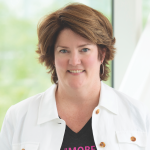
These changes, combined with some of the initial concerns about the pandemic subsiding, likely led women to “push the green light on going to business school,” says Elissa Sangster, CEO of the Forté Foundation, a nonprofit dedicated to increasing the number of women earning MBAs and securing leadership positions in business.
“I think that the stall caused women to rethink whether they wanted to go back [to their careers],” she says. “If they did have to step away, they may be thinking, ‘Do I really want to go back to what I was doing before, or is it the chance for me to make a pivot?’”
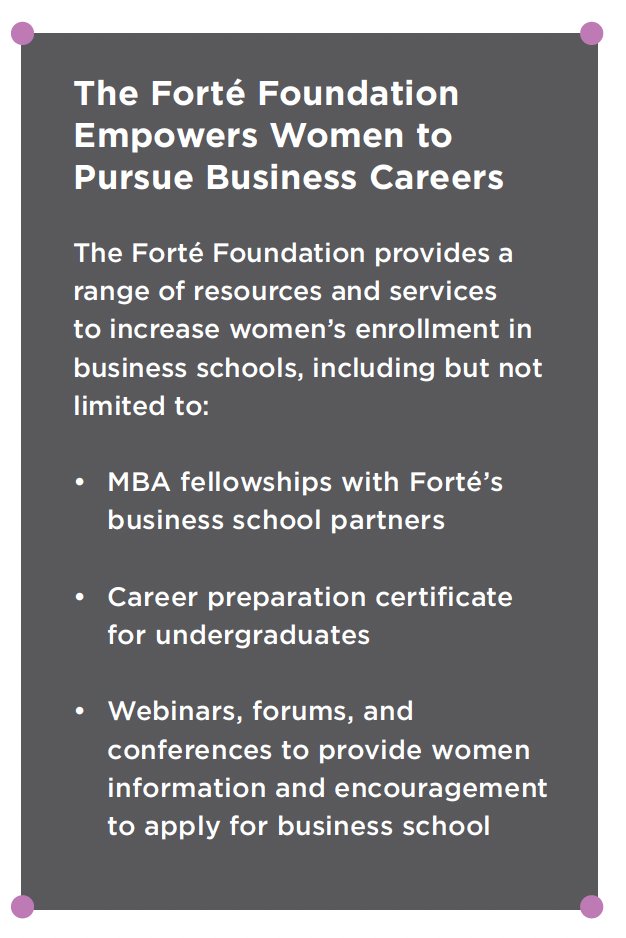 Sangster attributes some of the influx to women realizing that business education is one of the most efficient and successful paths to career reinvention. A high school math teacher looking to change careers may have some of the skills necessary to work in asset management, for example, but it is unlikely they will form the right connections or be sought after by recruiters without the business school experience, Sangster says.
Sangster attributes some of the influx to women realizing that business education is one of the most efficient and successful paths to career reinvention. A high school math teacher looking to change careers may have some of the skills necessary to work in asset management, for example, but it is unlikely they will form the right connections or be sought after by recruiters without the business school experience, Sangster says.
“An MBA can do a lot of different things, depending on what your background is and where you’re trying to head,” she explains.
Business school leaders at Dartmouth College, the University of Michigan, and other prominent institutions agree that more women are beginning to realize that MBAs provide broad career opportunities for people from non-traditional backgrounds, according to Bloomberg Businessweek.
“I think it’s more that women need to see themselves in business roles and recognize that MBA programs are not just to get into banking and consulting careers,” Pat Harrison, co-executive director of admissions and financial aid at Dartmouth’s Tuck School of Business, recently told the magazine. “An MBA can really advance someone’s career in many different industries.” Tuck achieved near gender parity in 2020-2021, with 49 percent of students being women.— an increase of 7 percentage points from the previous year.

At the George Washington University School of Business, nine out of 15 graduate programs predominantly enroll women. Many incoming students had time to think about their ambitions during the pandemic and decided to make a difference, according to Liesl Riddle, PhD, the school’s vice dean for strategy.
“The pandemic has made a lot of women feel like there is more opportunity in being entrepreneurial or has given them time to reflect about the meaningfulness of life and made them want to make an impact to make the world a better place,” she says.
Aside from making career transitions easier, MBA programs offer wonderful networking opportunities, Riddle says. These can be especially useful for women who want to become entrepreneurs, as it allows them to connect with alumni and speakers who own businesses or have become successful investors.

Riddle believes that the increase in women in MBA and related programs will have a lasting effect on business curricula. She adds that she has seen firsthand how schools have progressed on gender issues since she was an MBA student in the early 1990s, when classes were overwhelmingly male.
One potential effect, according to Riddle, could be a greater focus on work-life balance. Both men and women have concerns about flexibility and maintaining their family lives, but women are more likely to voice these concerns, she says.
This preference for flexibility is reflected in the types of MBA programs that women apply to, as part-time and virtual options have seen the largest growth in their applications, according to GMAC. Online MBA programs in particular have increased in popularity with this demographic, with an 85 percent jump in applicants between 2019 and 2020. This huge upswing is likely connected to women seeking out work-life balance as they contend with “the major challenges of juggling their personal life and professional life in their late twenties to early thirties,” Rahul Choudaha, GMAC’s director of research communications and industry insights, recently told Fortune magazine.
Sangster also believes that having more women in these programs will result in additional conversations about flexibility, as it’s something “women have been asking for forever,” she says. Furthermore, this increase will likely force business schools to reckon with gender diversity at all levels of the educational experience. School leaders may begin thinking more deeply about the demographics of their faculty and campus speakers, as having more diversity in these roles could help men and women alike to better envision women as leaders in business.
“What you ultimately want from an MBA,” Sangster says, “is for [alumni] to walk into the business world having already had this experience in business school that’s shown them there’s just as many amazing women leaders as there are men.”●
Lisa O’Malley is the assistant editor of INSIGHT Into Diversity.
This article was published in our October 2021 issue.




